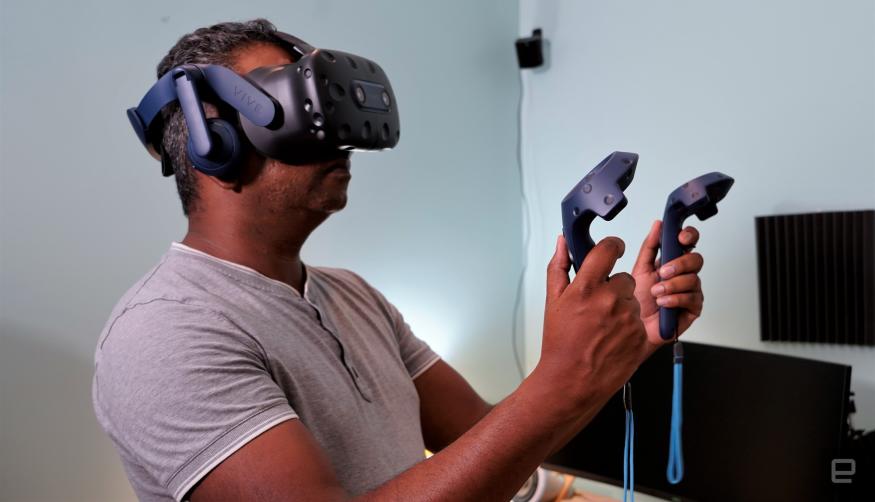Lately, VR technology has become a trend again. Many technology companies are developing standalone VR products and competing to offer their own VR platforms.
This is certainly also motivated by the newly coined concept of the metaverse by Meta, formerly Facebook. Through the “Metaverse” world, people will be able to connect in the digital world but interact virtually as if they were meeting in the real world.

This idea about the Metaverse is also expected to replace social media activities, which are currently still a communication trend among people.
Along with this concept, VR and AR headsets will become the main supporting tool in the new digital ecosystem. With these virtual headsets, people will experience a new way of interacting digitally.
VR on Smartphones: Once Popular

But before VR was associated as a supporting device for the metaverse ecosystem, VR devices were actually popular, even on mobile devices.
Several manufacturers developed VR technology using smartphones, which were paired with additional VR accessories.
The idea of VR on smartphones was very simple. It divided the content on the smartphone screen into two and brought it closer to the lens on the VR device, which then displayed a virtual space in front of the user.
It may not be advanced enough to display content like standalone VR devices such as the PS VR console. But it was sufficient for simple needs such as educational tools, work activity simulations, and so on.
This was just a cardboard box, with a lens added to it. Users placed their smartphones inside the cardboard, and voila, a VR device was created. Of course, this was still a basic VR experience, but at least it could describe how the VR system worked with a simple tool like that.
Until there were also more serious and popular ones like the Samsung Gear VR. Samsung first released Gear VR in 2015, which was compatible with some of their flagship devices such as the Galaxy S and Note series.
Google also had the Google Daydream VR product, which was similar to the Gear VR and came with additional controllers.
Challenges of VR on Smartphones
However, lately, the trend of VR on smartphones has diminished. Samsung even discontinued the Gear VR product in 2018, although it still supports some of its flagship smartphones, up to the Galaxy Note 9 and S10 series.
Although the concept of VR on smartphones is good, there are still challenges that make the trend of VR on smartphones sink. One of them is smartphone performance.
At that time, the performance of the SoC on smartphones was still considered inadequate for VR needs. VR content requires smartphones with high performance to display high-quality graphics smoothly on the screen.
Not only the SoC’s performance, but smartphone screens were also insufficient for displaying a virtual reality experience. The resolution and refresh rate of smartphone screens were still low, with an average maximum of only 60Hz.
This certainly made the VR experience on smartphones feel unsatisfactory. It often caused users to have headaches, even for short periods of use.
In addition to smartphones, support for supporting accessories, especially for controllers, is also very minimal. Although users can use a Bluetooth controller for VR, they still have compatibility issues. Because there is no standard that applies to provide compatibility between smartphones, VR applications, and controllers.
This also causes a lack of application developers who seriously offer VR applications/games on smartphones. So it seems that it does indeed require collaboration with the hardware manufacturer itself, in this case, the smartphone vendor.

